The Superman Who Needed Saving
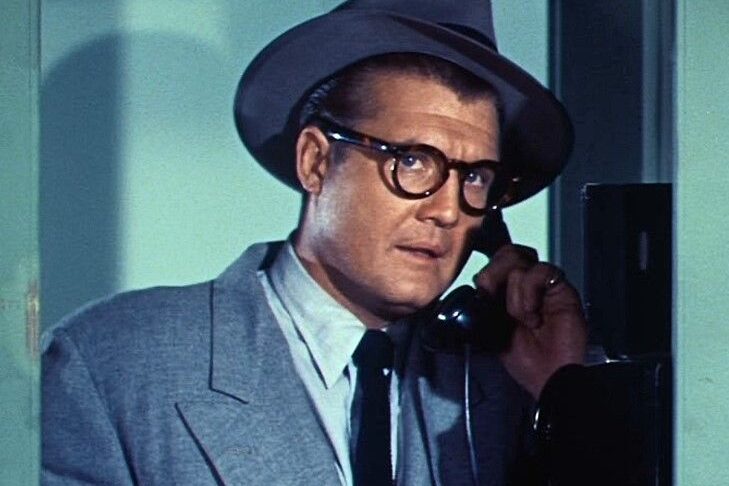
When George Reeves died in 1959, the world lost the man who first brought Superman to life on television. Yet when his funeral came, hardly anyone showed up. Why did the star who inspired millions of children with his strength and smile receive such a quiet send-off? Here are ten clues that help explain the mystery.
1. TV’s First Superman
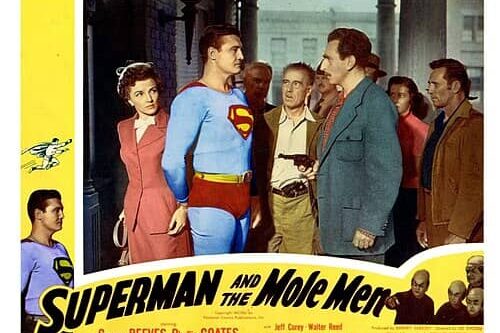
Reeve’s career as Superman had begun with Superman and the Mole Men in 1951. When Adventures of Superman first aired in 1952, George Reeves instantly became a hero to millions of children across America. His broad smile, square jaw, and steady voice captured the image of Superman in a way that felt both comforting and inspiring. Children would run home after school to watch him save the day on television, and Reeves quickly became a cultural icon. Yet the fame came with limits. Though young fans adored him, many adults in Hollywood looked at him only as a children’s star. This separation between his fanbase and his peers in the industry may explain why, when his funeral came, those who once cheered for him from their living rooms weren’t there to fill the pews.
2. Typecast and Trapped

Hollywood can be unforgiving, and in the 1950s, once an actor became tied to a specific role, it was nearly impossible to break free. For Reeves, Superman was both his blessing and his curse. While the show brought him steady work, it also prevented him from landing serious film roles. Casting directors worried audiences would never see him as anything other than the Superman. Reeves tried to transition back to the movies but was often rejected or overlooked. This frustration left him feeling professionally stuck, and his relationships in Hollywood thinned as his career options narrowed. That lack of deep industry connections may explain the noticeable absence of colleagues at his funeral.
3. The Night of June 16, 1959 & The Official Suicide Ruling
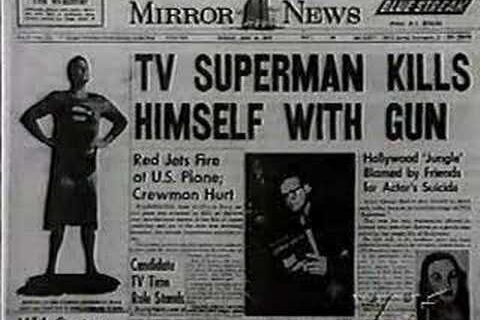
Reeves’ death shocked fans and colleagues alike. On that night, he was at home in Benedict Canyon with his fiancée Leonore Lemmon and a few friends. The group spent the evening drinking and talking when Reeves eventually went upstairs to his bedroom. Moments later, a gunshot echoed through the house. He was found dead from a single bullet wound at just 45 years old. While the police quickly ruled it a suicide, the suddenness of the event created suspicion and unease, and this cloud of uncertainty cast a shadow over the days that followed, including the funeral.
The Los Angeles Police Department determined Reeves had taken his own life, but the ruling was met with doubt. Friends questioned the decision, pointing out that Reeves had not left a note and that his mood earlier in the evening hadn’t seemed especially bleak. Yet in 1959, discussions about depression or mental health were almost nonexistent in the public sphere. Once the label of suicide was placed on his death, it stuck firmly. At that time, suicide carried a heavy stigma, and many people, including friends and colleagues, kept their distance from memorials for fear of association. For Reeves, the official ruling may have been one of the strongest reasons so few people showed up to say goodbye.
4. The Hollywood Love Triangle
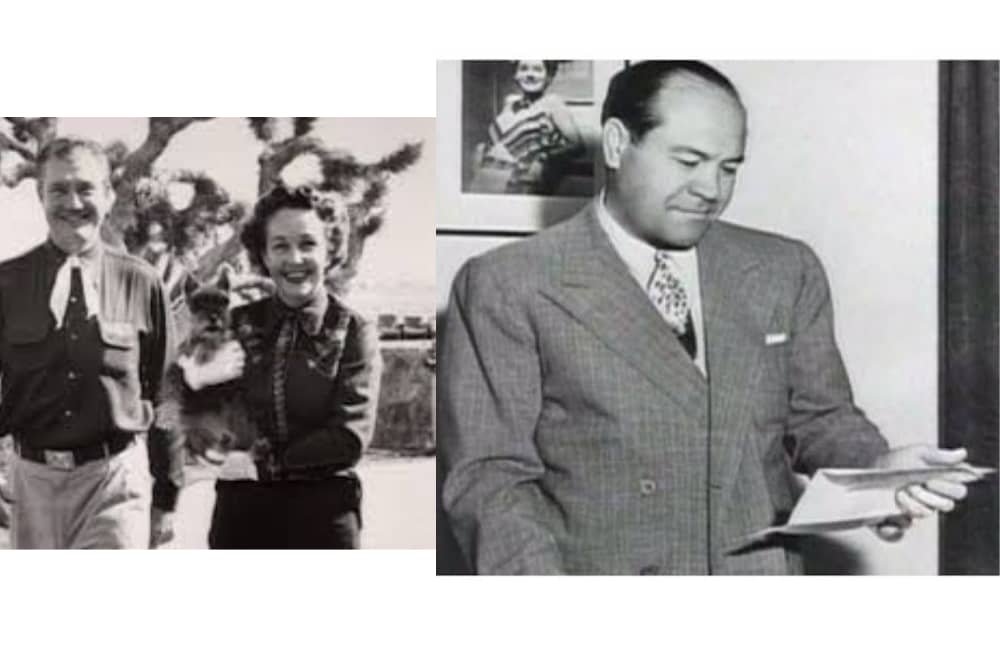
Reeves’ personal life was also filled with complications. For years, he had been romantically linked with Toni Mannix, the wife of MGM executive Eddie Mannix. Their relationship was well known among Hollywood insiders, even though it was unconventional. Eventually, Reeves broke things off with Toni and became engaged to Leonore Lemmon, a younger socialite. The shift was not without tension, especially since Eddie Mannix was rumored to have ties to organized crime. Whispers spread that Reeves’ relationships had entangled him in dangerous circles. In such an environment, many friends and acquaintances may have felt it was safer to avoid the funeral altogether rather than risk being connected to delicate Hollywood politics.
5. Mob Rumors and Mannix’s Influence
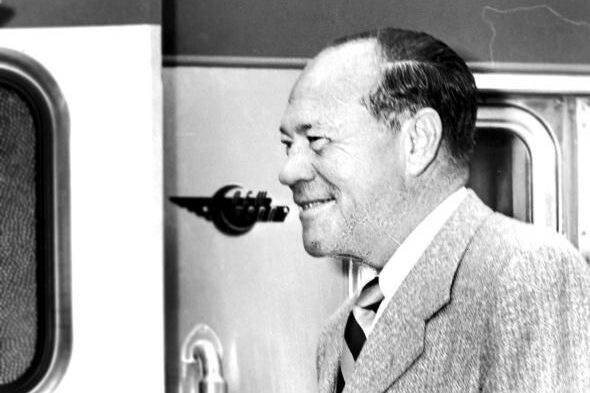
Eddie Mannix, Toni Mannix’s husband, was no ordinary studio executive. He had a reputation as a powerful Hollywood “fixer,” someone who could make scandals, affairs, and even crimes disappear quietly. He also had rumored ties to organized crime, which gave him a reputation that made others tread carefully. After Reeves’ death, whispers spread that his passing might not have been a simple suicide. Some speculated that Eddie Mannix may have used his influence to cover up foul play. While no evidence ever proved this theory, the idea lingered. For many in Hollywood, showing up at Reeves’ funeral could have felt like stepping into a political minefield, and some may have decided that staying away was the safer choice.
6. Conflicting Witness Accounts
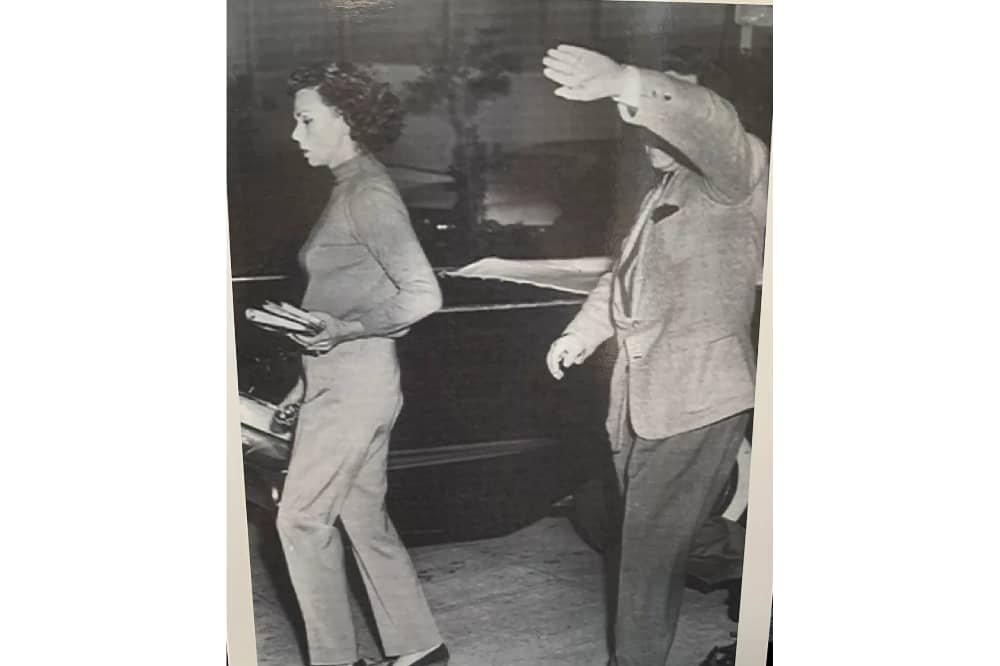
The small group of people present in Reeves’ house the night of his death gave accounts that didn’t always align. Some said they heard the gunshot and rushed upstairs immediately; others admitted they waited several minutes before checking. Leonore Lemmon, his fiancée, even joked earlier that night that Reeves was going upstairs to shoot himself, a comment that seemed disturbingly casual once the tragedy occurred. She was also spotted leaving after the incident happened. Over time, versions of the story shifted, making it harder to pin down exactly what happened. This fog of uncertainty only fueled speculation and suspicion. With so much confusion surrounding his death, attending the funeral may have felt uncomfortable for those who weren’t sure whether they were paying respects to a suicide victim, a murder victim, or someone caught in a cover-up.
7. The Missing Fingerprints Mystery

One detail that especially puzzled investigators and fans alike was the lack of usable fingerprints on the gun (A German Luger pistol) found at Reeves’ side. Normally, a firearm handled during a suicide would show clear evidence of the victim’s prints. Instead, the weapon was strangely clean. Rumors also spread that additional bullet holes were found in the bedroom walls, though the police insisted they were unrelated to the case. These oddities gave rise to suspicions that someone else had been involved or that the scene had been altered before police arrived. Whether true or not, these unanswered questions fed conspiracy theories and deepened the mystery. For many, it left the sense that Reeves’ story wasn’t settled, and perhaps made a public funeral feel too fraught with unanswered questions to attend.
8. The Stigma of Suicide in the 1950s and A Funeral Almost No One Attended
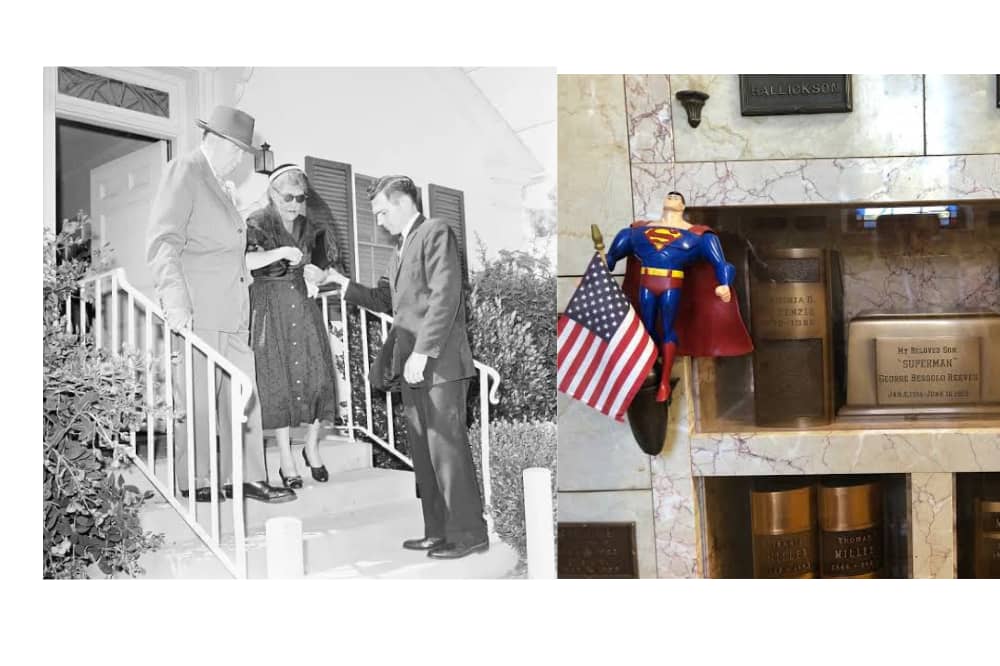
Today, conversations about suicide are more open, but in the 1950s, the topic was often shrouded in shame. Families sometimes kept funerals small or even private to avoid the judgment of neighbors, friends, or church communities. For a celebrity like Reeves, whose image as Superman was built on hope, optimism, and strength, the idea that he had taken his own life was especially jarring. To fans, it clashed sharply with the hero they adored. To colleagues, attending a funeral under the shadow of suicide might have felt risky for their own reputations. The social climate of the time made it easier for people to stay away, leaving Reeves’ funeral far quieter than one would expect for such a famous figure.
When Reeves was laid to rest at Mountain View Cemetery in Glendale, the turnout was shockingly small. Reports say only a handful of mourners were there, mostly friends of his mother. Few colleagues from Hollywood came, and there was no large gathering of fans. The man who had been Superman to millions of children was given a send-off that felt almost forgotten. There were no flowers from major studios, no public speeches, and no press crowds lining the streets. The lonely goodbye stood in stark contrast to the larger-than-life character Reeves had played. It was a quiet, almost hidden farewell, one that has only added to the sense of tragedy surrounding his story.
9. Leonore Lemmon’s Reputation
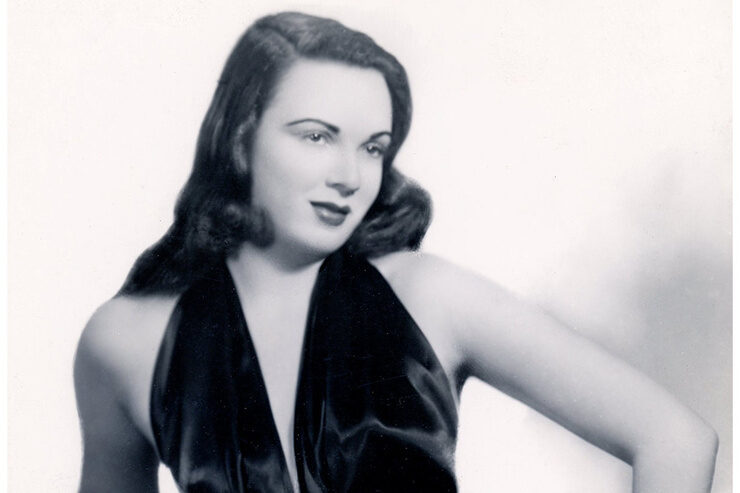
Leonore Lemmon was not the graceful fiancée Hollywood once painted her to be. In New York, she had a reputation for fiery arguments and public outbursts, which followed her to Los Angeles. On the night Reeves died, she was overheard making a chilling joke that he would go upstairs and shoot himself, only minutes before it happened. Her behavior afterward did not soften opinions either. Instead of remaining by his side, she quickly distanced herself from the tragedy. Within days, she packed up and returned to New York, never showing up at his funeral. Friends and onlookers saw her actions as cold and self-serving, questioning her sincerity in the relationship. Her absence from that final farewell added to the already hollow tone of Reeves’ funeral, leaving many to wonder whether her devotion had ever been genuine or if their engagement was always more show than truth.
10. A Wedding That Might Never Have Happened
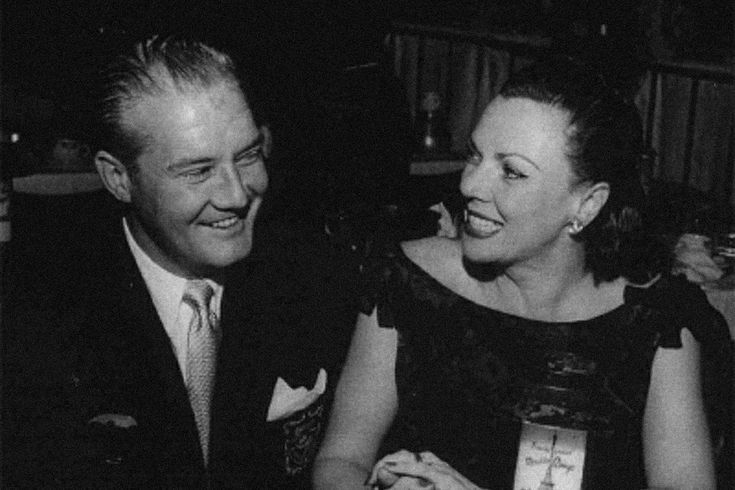
Behind the glossy engagement headlines, George Reeves was quietly wrestling with doubt. Friends recalled conversations where he seemed unsure about marrying Leonore, suggesting his heart was not entirely in it. On the very night of his death, tensions reportedly boiled over when the couple argued at dinner. Some believed Reeves had been preparing to break things off completely, a step that would have caused embarrassment and conflict. For those who saw their relationship up close, the idea that Reeves may have been trapped in a commitment he no longer wanted painted his final days in a much darker light. Marriage should have symbolized stability, but in his case, it seemed to symbolize turmoil. These personal struggles were whispered about after his passing, adding to the cloud that lingered over his funeral. For many, they created even more distance, discouraging mourners from coming forward to honor him openly.
11. Missing Money and Shattered Trust
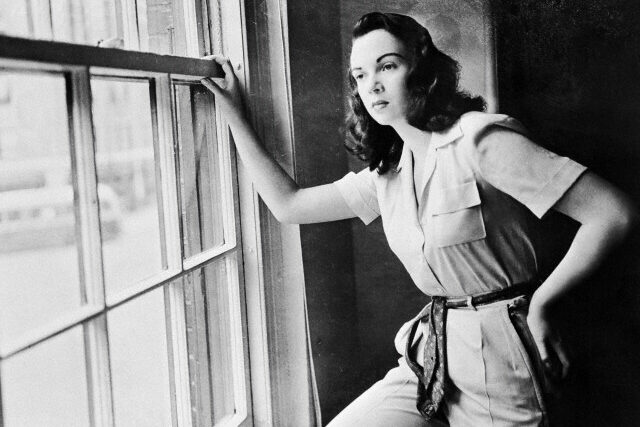
Money can turn suspicion into certainty, and in Reeves’ case, stories about finances deepened mistrust after his death. It was said that he had set aside funds for the wedding, yet those close to him whispered that Leonore moved quickly to secure whatever she could once he was gone. Instead of a grieving fiancée mourning her loss, she was seen by many as cold and calculating, more focused on what she could collect than on the life that had been lost. This behavior shocked friends and acquaintances, leaving them with an image of selfishness at a time when compassion was expected. Her swift pursuit of money cast doubt on her intentions, and it left people uneasy about standing beside her at the funeral. Rather than bringing people together, these actions only widened the gap around Reeves’ memory, pushing others away and leaving the farewell even more deserted.
12. Eddie Mannix’s “Open” Marriage
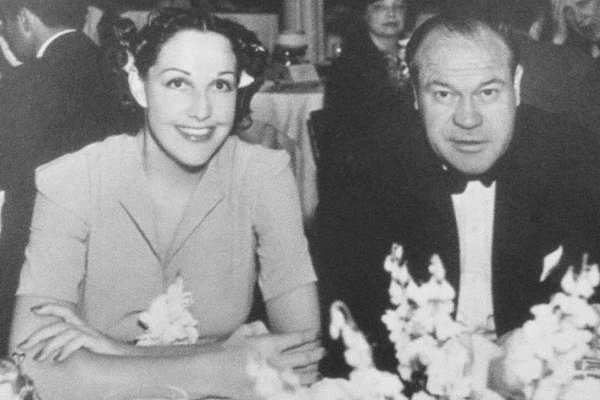
The personal lives of Hollywood elites were rarely simple, and Eddie Mannix’s marriage was no exception. While he tolerated his wife Toni’s relationship with Reeves, the arrangement only worked as long as the balance remained intact. Mannix himself had lovers, and their unconventional marriage survived because it was built on quiet understanding rather than traditional loyalty. But when Reeves ended things with Toni and chose Leonore, that fragile balance collapsed. To Mannix, it may not have been about jealousy but about betrayal, a wound that cut deeper than infidelity ever could. In an industry where respect and power were everything, Reeves had placed himself on the wrong side of a man with influence and reach. After Reeves’ death, the quiet yet powerful shadow of the Mannix family may have made colleagues wary of attending his funeral, fearing that even a small gesture could be seen as disloyalty.
13. The Strange Angle of the Gunshot

The official reports ruled Reeves’ death a suicide, yet the details of the bullet wound unsettled experts and friends alike. The trajectory of the gunshot suggested a strange and uncomfortable angle, one that seemed unnatural for someone attempting to shoot themselves. Some even commented that it would have been difficult to manage without contorting his body in ways that did not make sense. While the police dismissed these concerns, those who heard the analysis were not satisfied. The inconsistencies created more room for rumor, suspicion, and speculation. When those closest to him discussed these details privately, it made the idea of suicide harder to accept. Attending his funeral under such murky circumstances felt like silently endorsing a version of events many doubted. The awkward angle of the wound became one of the lasting mysteries of the case and one more reason mourners stayed away quietly.
14. Hollywood’s Grip on Law Enforcement

In mid-century Los Angeles, Hollywood’s reach extended far beyond studio lots. Powerful executives were known for influencing police departments and newspapers, ensuring stories ended quietly before they spiraled out of control. In Reeves’ case, many believed the ruling of suicide came less from evidence and more from the need to close the chapter quickly without disturbing those who held real power. Few dared to question the decision publicly, aware of how easily reputations could be broken. The funeral carried the weight of that silence, with many insiders choosing to protect their own ties rather than honor a fallen colleague. To show up might have felt like a challenge to the official story, a risk few were willing to take. The hold Hollywood maintained on law enforcement left Reeves’ death shrouded in suspicion, and it made his farewell just another event buried in careful control.
15. Industry Fear and Silence
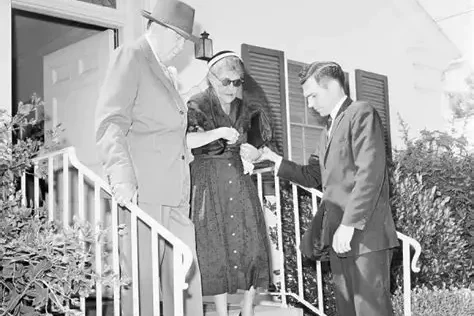
The entertainment industry thrives on appearances, and in the late 1950s, appearances mattered more than truth. Attending Reeves’ funeral carried multiple risks. It could mean angering Eddie Mannix, associating with the dark whispers surrounding organized crime, or attaching oneself to the stigma of suicide. For actors and producers whose livelihoods depended on reputation, it was safer to stay away. Silence became the strategy, and absence became protection. Reeves’ funeral reflected not only his personal struggles but the harsh reality of an industry built on self-preservation. Those who may have wanted to say goodbye quietly convinced themselves it was better not to be seen. The empty pews were not just a sign of indifference but of fear, and that fear spoke louder than words. It left the man who once stood as Superman with only a few mourners, his departure overshadowed by the caution of those left behind.
16. Leonore’s Quick Exit
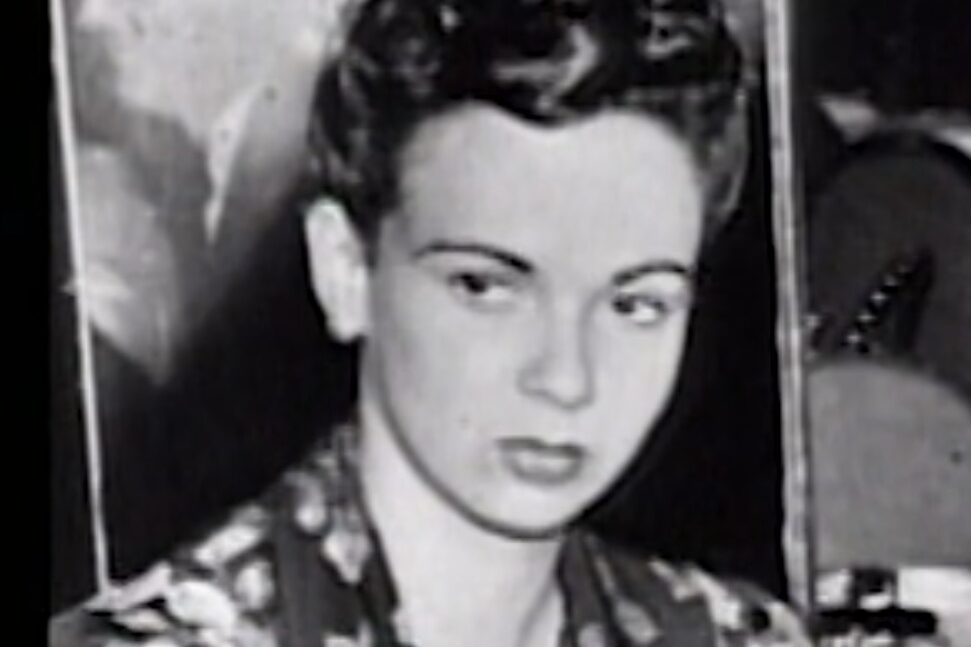
Leonore Lemmon’s choices after Reeves’ death only fueled suspicion. Instead of remaining in Los Angeles to manage affairs or stand by his grieving family, she quickly returned to New York within days of the tragedy. Her absence at the funeral left a glaring void, a missing figure who should have been at the center of farewell. To those already questioning her devotion, her hasty departure looked like abandonment. It was another reminder of how fractured his final circle had become, with loyalties scattered and trust broken. Her quick exit contributed to the hollow atmosphere surrounding Reeves’ send-off, reinforcing the sense of a farewell stripped of sincerity. At a time when one might have expected her to offer strength and presence, she chose absence instead. The decision left others stunned and further distanced from Reeves’ memory, creating an image of isolation that has lingered in the telling of his story.
17. Public Betrayal of a Hero
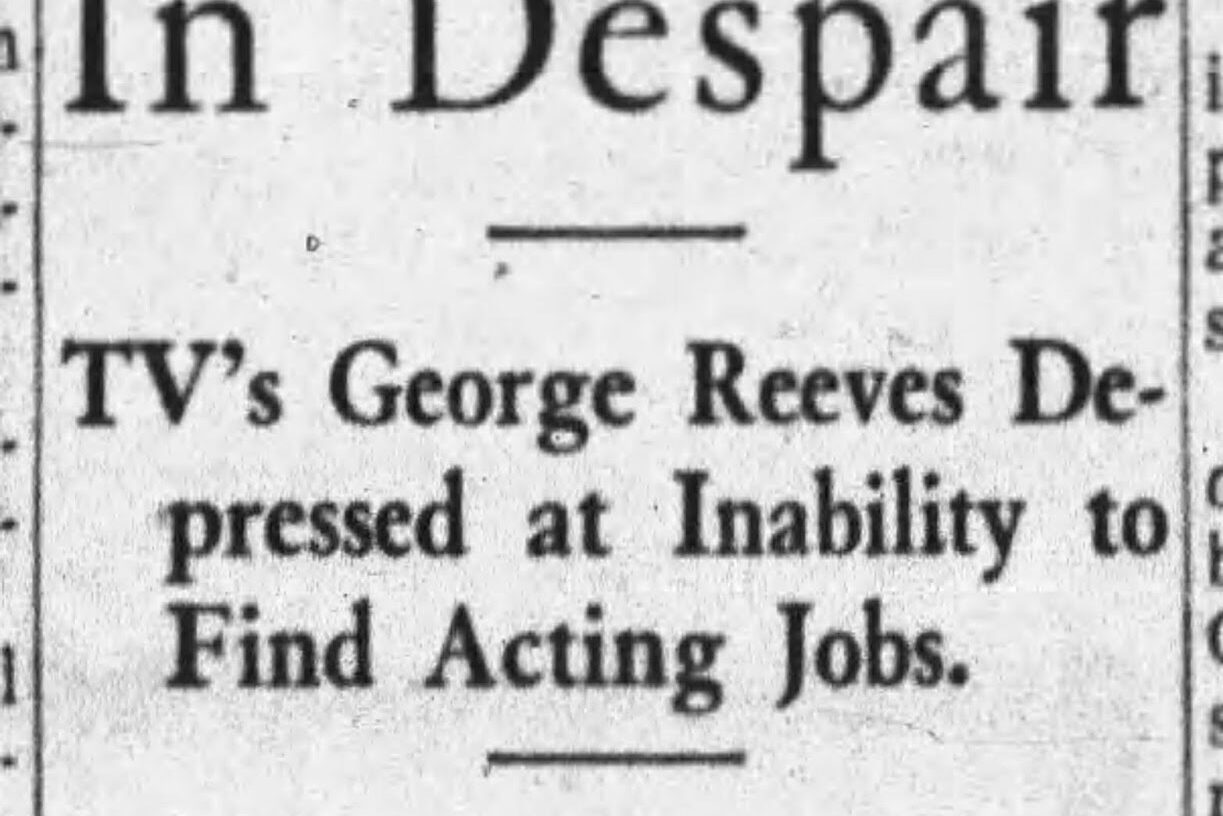
For millions of children in the 1950s, George Reeves was more than a television actor. He was Superman, the embodiment of hope and justice. To hear that he may have died by suicide shattered that illusion, leaving young fans confused and adults uncertain about how to address it. At the same time, Hollywood insiders whispered about his tangled personal life, making him appear less like a hero and more like a liability. The combination of shame, silence, and scandal meant his funeral pews stayed largely empty. The betrayal came not from one person but from a culture unprepared to handle the complexity of a man behind a symbol. Instead of celebrating the hope he once represented, both fans and colleagues distanced themselves. What remained was a farewell that failed to honor his impact, leaving a lasting feeling that his story was abandoned when he needed it most.
18. A Mystery That Will Never Be Solved
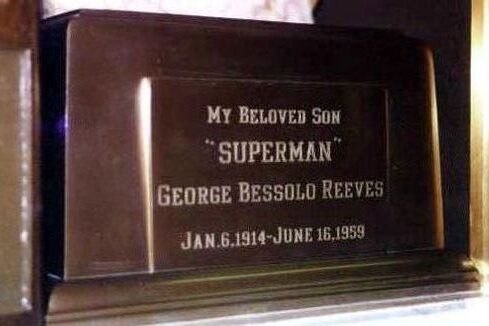
More than six decades later, the truth of George Reeves’ death remains uncertain. The witnesses are gone, the records incomplete, and the rumors never settled. Was it suicide, murder, or something lost in between? The mystery continues, and perhaps it always will. What cannot be denied is that the man who once embodied Superman was denied a farewell worthy of his impact. His funeral was quiet, almost hidden, leaving a haunting contrast between his on-screen presence and his real-life send-off. In the end, the unanswered questions became part of the story itself. His lonely goodbye reminds us how fragile legacies can be, even for those who once seemed invincible. Sometimes the mystery outlives the man, leaving history with silence where answers should have been, and in Reeves’ case, that silence is louder than any words spoken that day at his forgotten farewell.
This story Why Didn’t Anyone Go to George Reeves’ Funeral in 1959? 18 Clues Behind the Superman Star’s Lonely Goodbye was first published on Daily FETCH


